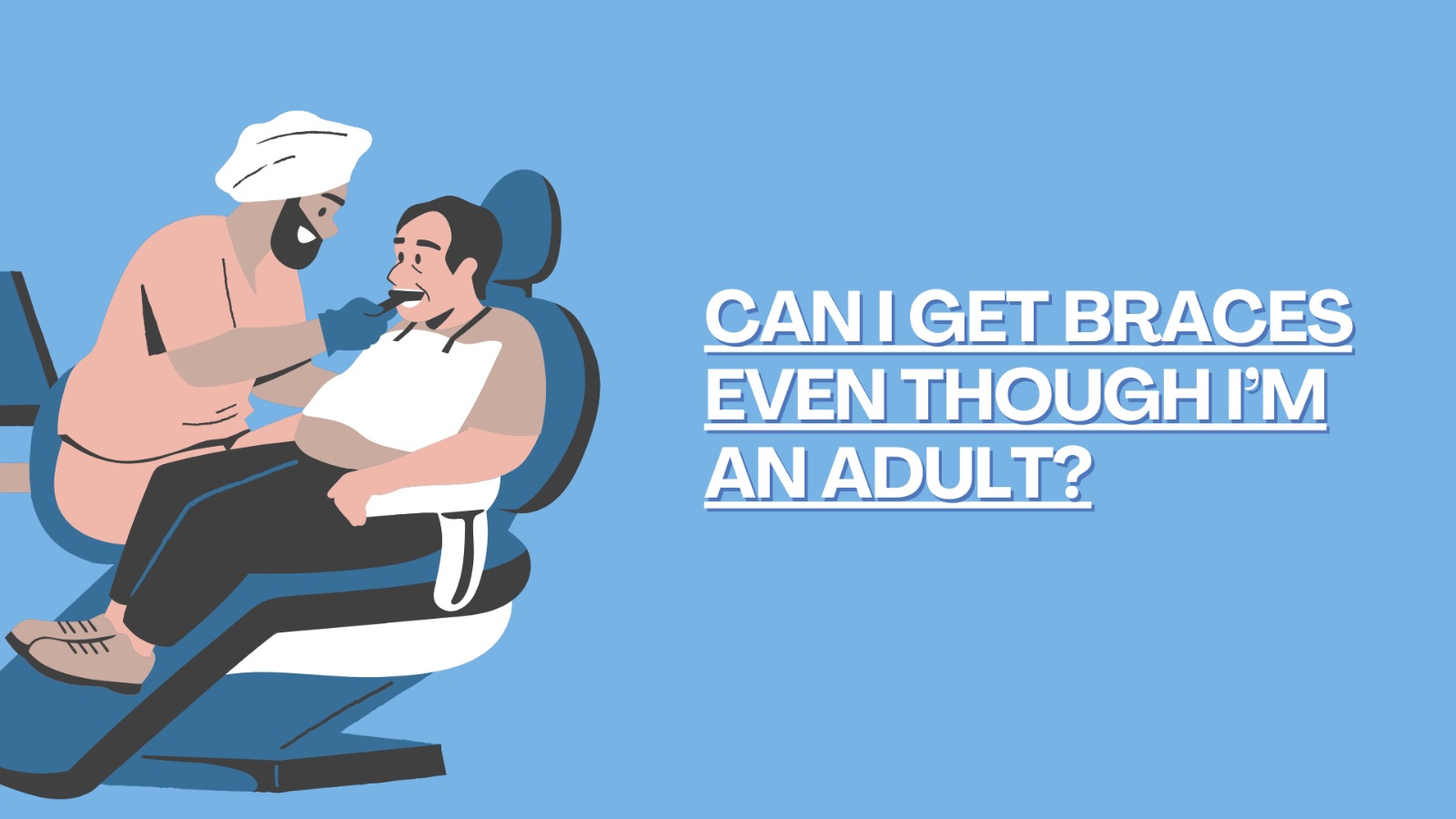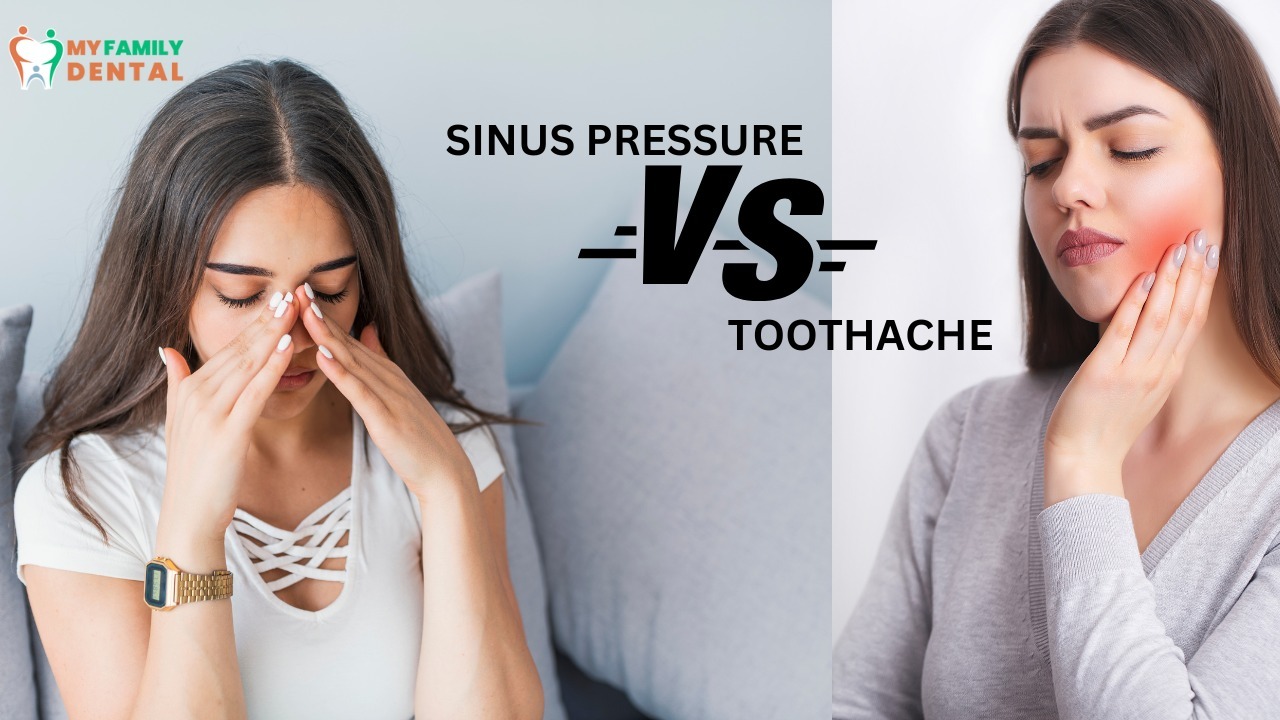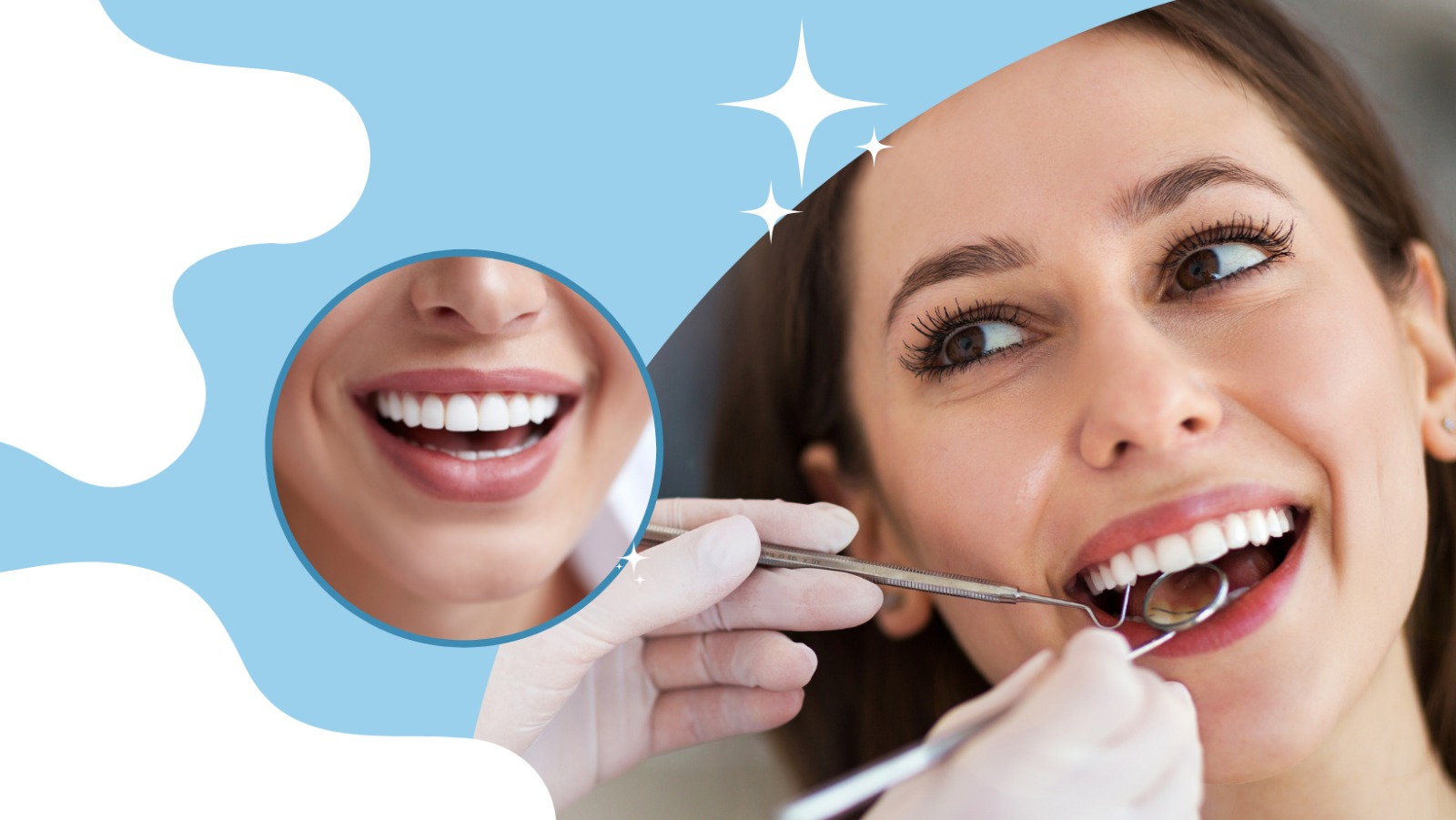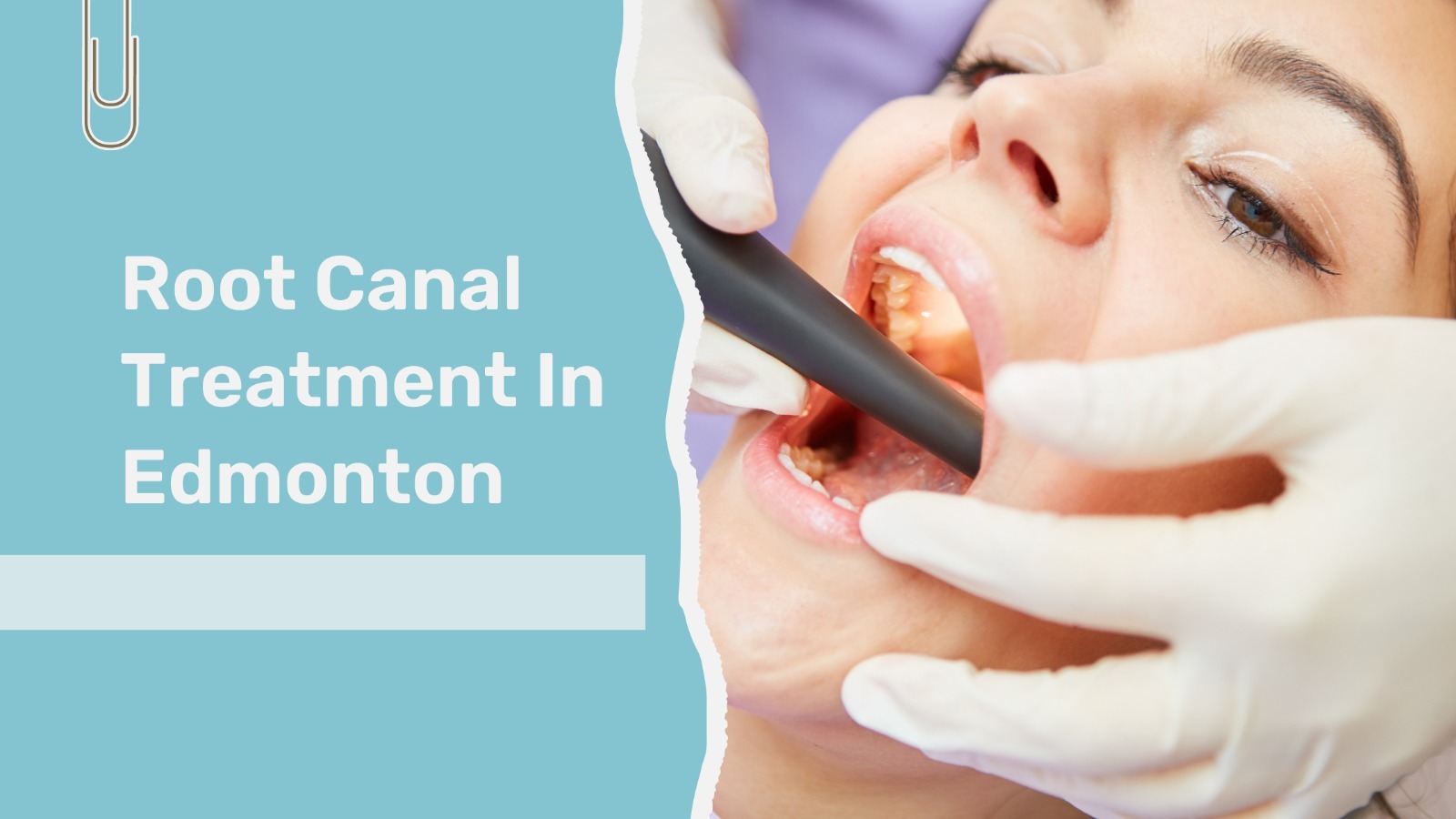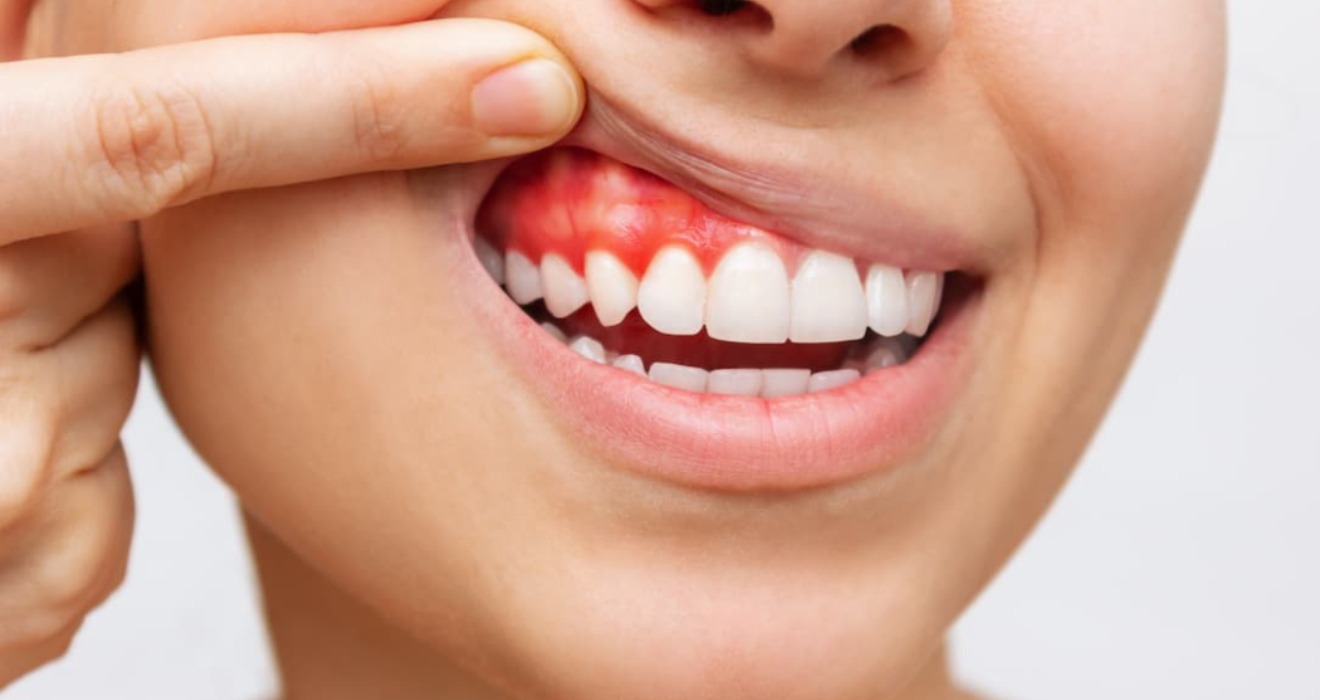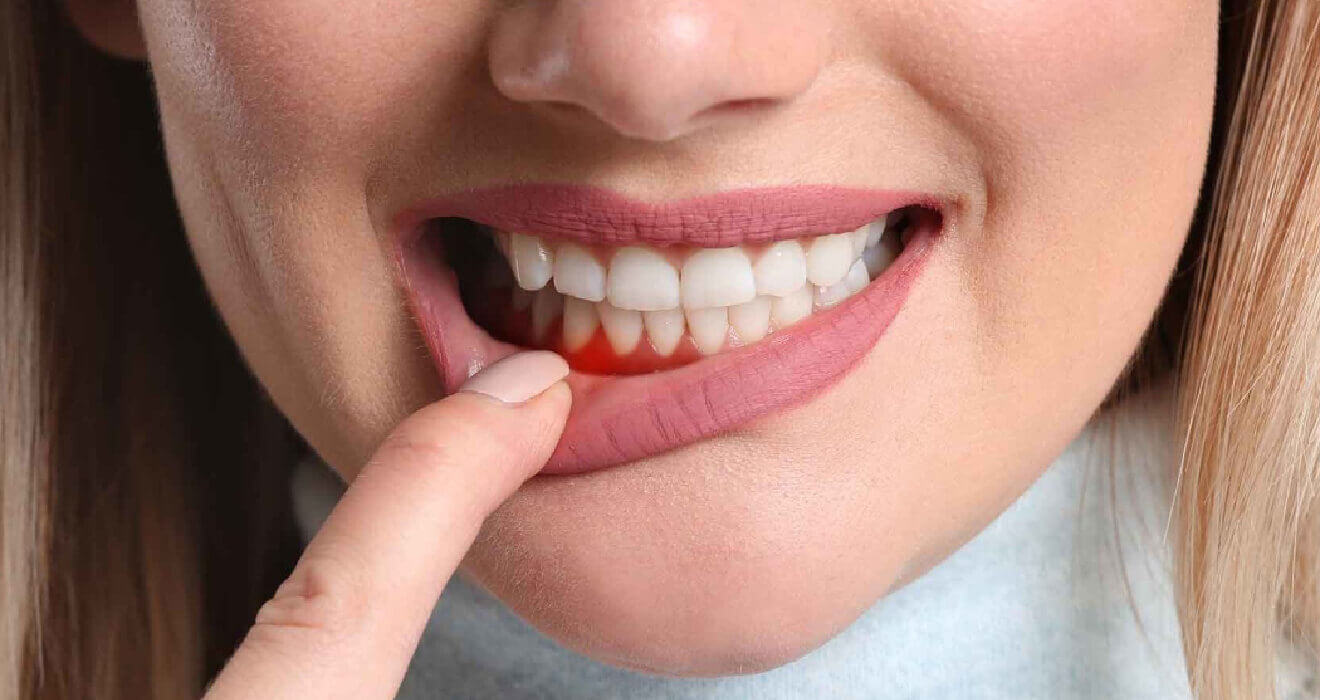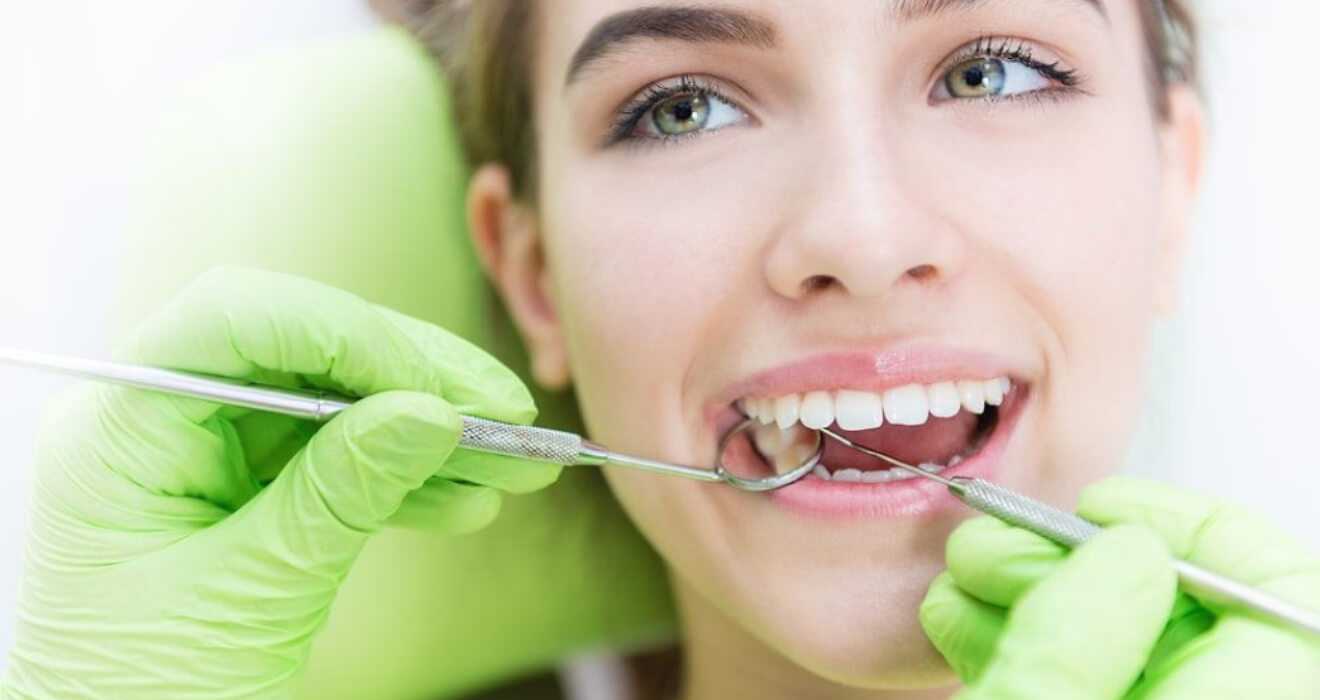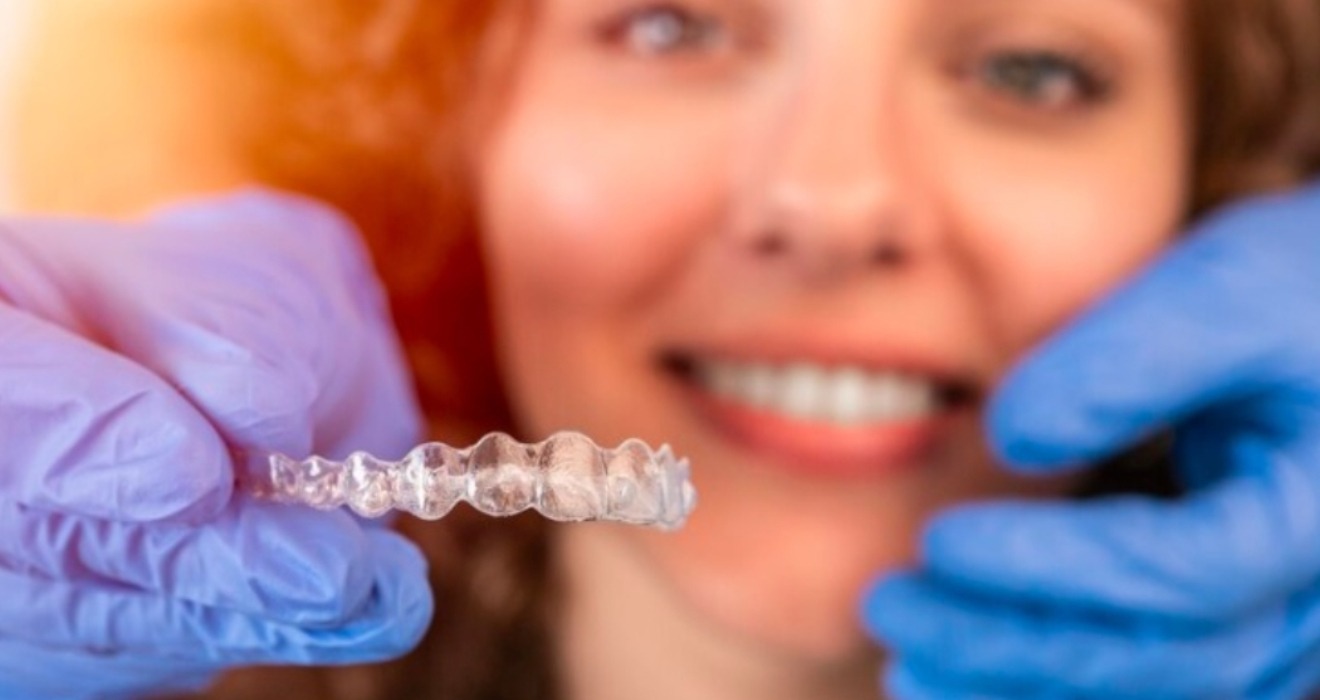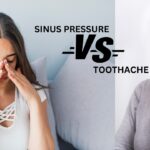Do you despise your misplaced teeth and think about braces occasionally? Maybe you could not afford orthodontic service in your childhood, or just wear and tear is enough to shift your teeth. Surprisingly, being over 18 is not a concern for getting braces.
In this piece, we will look into why some adults would want braces, the varieties of braces available, what you should expect during the treatment, and the reasons you can get a straight smile.
Visit the dental clinic in Charlesworth, Edmonton, for comprehensive oral care services. Trust experienced professionals to keep your smile healthy and vibrant.
Contrasting Traditional Braces with Newer Technological Advances:
There are several reasons why adults may choose to undergo orthodontic treatment: Adults can decide to get orthodontic service for several reasons.
Cosmetic Concerns: The most popular concern most adults have about their smile is having crooked teeth or a bad bite. By getting your teeth straight, you not only beautify your smile but also intensify your self-confidence and personality.
Health Reasons: Asked in this way or that way, crowded teeth make oral hygiene and care difficult, which in turn increases the risk of tooth decay, gum diseases, and other problems related to oral care. By gradually correcting the bite pattern, you can be certain that oral and dental health will improve.
Functional Improvements: Misaligned teeth and bite issues can result in difficulties in chewing, articulating words, and even cases of joint pain. Orthodontic procedures can solve these problems by better jaw positioning and lessening interferences.
Seek orthodontics in Edmonton for expert treatment to straighten your teeth and enhance your smile. Trust experienced professionals to provide personalized care and achieve optimal dental alignment.
There are several types of braces available for adults, each with its advantages and disadvantages: The selection can be quite difficult among the different types of adult braces because every single type has its benefits and concerns.
Traditional metal Braces: are the only type of braces that are known; you can see older people with small silver brackets and wires on their teeth. Of course, they can bring a great outcome, but some adults would not like to accept metal braces as they are visible and it is easy to spot them.
Ceramic Braces: Ceramic braces are stylized like metal ones, only that they are tooth-colored or clear brackets and wires. The brackets result in the structure being less visible.
Lingual Braces: Lingual braces are orthodontic appliances that are affixed to the back of the teeth, and they can’t be seen from the front side. Their drawback is the fact that they are hard to wash, and mouths may not like them due to ‘feeling strange.’
Clear Aligners: The well-known ones, such as Invisalign or sure smile, are custom-made and removable plastic trays that successively move the teeth into position by way of controlled forces. They remain virtually unseen when worn, and as a result, they are replaceable because one may remove them for eating or brushing. Clear aligners are more accepted by grown-up people as they don’t bother the patients and have an appealing look.
Get braces in Edmonton for a straighter, healthier smile. Trust experienced orthodontists to align your teeth effectively and improve your dental health.
What to Expect During Treatment?
Unlike children and teenagers, who mostly get their braces in the early years of life, when bone is still flexible and dense, adult bone can take much more time to shift to the right position. Here’s what you can expect during your orthodontic treatment:
Initial Consultation: Firstly, we will carry out a full scan of your teeth and bite to display your condition. Next, the dentist would set up a treatment plan that would be suitable for you and help you achieve your specific requirements. They will tell you the other stuff you need to know regarding the type of brace you need. Also, they will explain much more thoroughly about the treatment process.
Beginning Treatment: In the situation of having traditional or ceramic braces, the orthodontist will attach the brackets to your teeth, and then pass the wires down the brackets. In the case of the clear aligners, attachments are placed on teeth as per the treatment plan. You wear customized aligners and all the necessary instructions are discussed.
Adjustments: Through your treatment process, be conscious that you will see your orthodontist on a routine basis, either for adjustments or to receive a new set of aligners. Booking these appointments will make sure that your teeth are moving in the right direction and will therefore allow any necessary adjustments to be made to the treatment plan.
Maintenance: Strict attention should be paid to oral hygiene to prevent the teeth from decaying and the gum from becoming inflamed during orthodontic treatment. Brushing and flossing should be routine hygiene practices for you to clean out food particles that can turn into plaque deposits. Acidic, sweet, or sticky foods are also to be avoided.
Completion: When your treatment program is finished, your orthodontist will not only eliminate the wires or plastic aligners but also follow up with retainers to preserve your new look. It is essential to wear your retainers as long as instructed to keep your teeth from shifting causing the relapse of the treatment.
Find a dental clinic for braces in Edmonton to achieve a straighter smile. Trust experienced dentist to provide effective treatment and personalized care for your dental alignment needs.
Benefits of Adult Orthodontic Treatment
The benefits of undergoing orthodontic treatment as an adult extend beyond just achieving a straighter smile:
Improved Confidence: Straight teeth can greatly enhance your appearance, and being straight uplifts your confidence level, which in turn affects your self-confidence and self-esteem.
Better Oral Health: People with straight teeth can brush their teeth efficiently, therefore decreasing the chances of dental caries, gum disease, and other diseases related to oral health.
Enhanced Function: Correctly positioned teeth help to chew better, improve speech and jaw alignment, giving more comfort and eliminating pain.
Long-Term Investment: Orthodontic treatment is a worthwhile investment that not only covers oral health but also improves one’s look and general well-being.
To sum up, you can always get orthodontic treatment irrespective of your age. Your dentist can help you to decide which option is better suited for your needs. You have the privilege to pick an option that has an exclusive design for you as well as your lifestyle. If orthodontic treatment is your quest, just book an appointment with any orthodontist in Edmonton. Thanks to these alternatives, you will get what is appropriate for you, and you can start the path to the smile that you have been looking for a long time.

